Being a medic in combat is a unique and highly valuable role. This is particularly true for those who serve as Navy SEAL Combat Medics. They provide an invaluable sense of security to their fellow warriors on the battlefield, knowing that someone is available to treat them if needed.
Serving as a medic in the world’s most advanced special operations unit for combat is difficult. These medics are often deployed to places few have gone before – the most perilous environments on earth. The role requires exceptional courage, skill, and dedication to provide medical care under extreme conditions and in the heat of battle.
Introduction
It was a year after Special Operations Combat Medic (SOCM) school before he needed to use his skills to save a life.
“We were driving back from a training trip when we saw a flipped truck on the highway,” said a Special Warfare Operator 2nd Class (SEAL) who wished to remain anonymous due to his deployment status. “There was a guy trapped in the vehicle and he was missing four fingers.”
At that moment, the Navy SEAL Combat Medic was quick to respond. He was able to stabilize the critically injured individual until assistance arrived, and then, with a steady hand, he searched for the man’s missing fingers. This is the nature of a combat medic’s role – a steady and skilled reaction to a chaotic and unexpected emergency at all times.
Special Operations Combat Medic Course
Each platoon of a SEAL team has two billets for the Navy SEAL combat medic NEC. Boat detachments have one billet. Operators selected for the billets attend one of the military’s toughest schools — Special Operations Combat Medic course at the Army’s John F. Kennedy Special Warfare Center at Fort Bragg, N.C.
“I still remember being checked in that first day,” recalled Special Warfare Boat Operator 1st Class (SWCC) Michael Harm, a combat medic attached to Special Boat Team 12. “Master Chief Welt sat us down and said, ‘this course, with the knowledge you intake, is going to be like drinking out of a fire hydrant.’”
The Special Operations Combat Medic (SOCM) program is a 27-week course offered to members of the Army, Navy, Air Force, and Marine special operations forces. Sailors selected to attend the school typically volunteer for the training or have prior experience as hospital corpsmen and have completed SEAL or SWCC training.
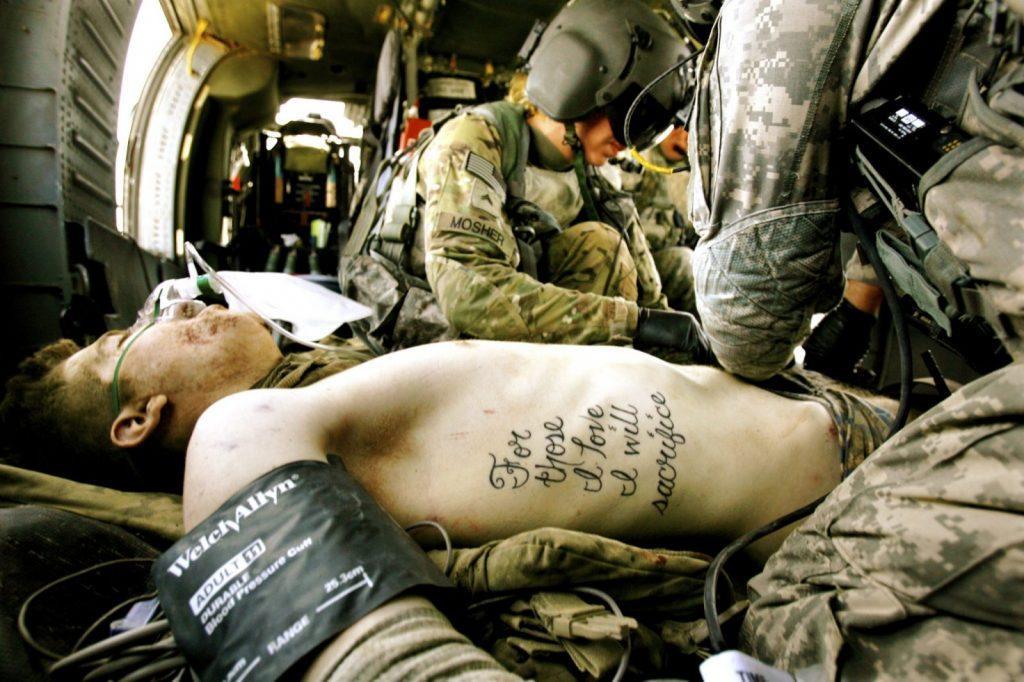
Once they have been selected for the program, it’s game time, and the stakes are high.
“While you’re there, that has to be what you eat, sleep, breathe,” says SB2 (SWCC) Brian Chandler, a new SOCM graduate attached to Special Boat Team 12. “The same way if you were to go through BUD/S or SWCC school. That has to be your priority.”
SO3 (SEAL) Roy Perkins, a SOCM who graduated from school July 31 agreed with Chandler. “The first block of training (which was medical fundamentals) I remember being especially challenging. You’re bombarded with material, and it felt like all I ever did was go to class and study,” Perkins said.
Instructors
Instructors teach the course from all service branches and expect the best from their students. Students are expected to grasp and repeat all the information taught to them and adhere to a demanding physical training regimen before attending class each day. Additionally, they must dedicate a minimum of three hours per night and on weekends to studying – with no exceptions. Failure to comply with this requirement will result in dismissal from the course.
“In 27 weeks, they take a guy who knows absolutely nothing (about medicine) and they make him the best battlefield trauma medic in the world,” said Master Chief Special Warfare Operator (SEAL) Michael Brown, force medical senior enlisted advisor for NSW.
Program
According to Brown, Special Operations Combat Medic (SOCM) students are exposed to a curriculum comparable to that of a third-year medical student in anatomy and psychiatry classes. This includes everything from learning to suture a wound to delivering a baby, and students receive plenty of hands-on training. They are required to work in a clinic or hospital under the supervision of physicians. Although they may not end up delivering a baby in real-life, they gain experience by performing the duties of an emergency medical technician, nurse, or medical assistant.
Perkins added that some of the material covered in the course extends beyond clinical medicine and delves into dangers on the battlefield, basic drug calculations, sanitation, environmental, and chemical, biological, and radiological hazards. He also noted that instructors keep the material up-to-date.

“It is noticeable that the schoolhouse is always changing and adapting to stay current with the material they teach,” said Perkins. Those with the mental strength and passion for trauma medicine succeed and graduate from the course. “I think that’s the key,” said SOC (SEAL) Christopher Nie, a Special Operations Combat Medic assigned to Group 1 Training Detachment.
Nie, named the 2007 Special Operations Combat Medic of the Year, added, “if you want to better yourself, you have to want to do it (finish the course).” Becoming a Special Operations Combat Medic entails a significant amount of responsibility. “As a Special Operations Combat Medic, you possess the capability to help save someone’s life in times of need,” emphasized SB2 (SWCC) John Cowgar, the 2008 SOCM of the year.
A medical degree
There are also benefits to completing the SOCM course. Graduates receive a new designator that allows them to continue working in the SOF medical field, and they earn more than half of the credits required for a medical degree. They only need to take a test to become a licensed paramedic. Capt. Gary Gluck, the NSW force medical officer, said that SOCMs are not the only ones benefitting from the training.
Gluck said that NSW sees a significant improvement in survival rates from combat injuries compared to previous eras. Navy SEAL Combat medics are the backbone of the community, he added. Once a Special Operations Combat Medic graduates, the training never stops. They are still expected to do routine departmental training with their respective team, and they have to go back to SOCM skills and sustainment courses once every two years for mandatory refresher training.
If they are an SB, they may go through another skills course within the community to further enhance their proficiency. “I created the (SB) sustainment program to further enhance and sharpen the skills of a SOCM, enabling them to treat their teammates better,” Cowgar explained. This program is a phenomenal tool that has tremendously helped NSW and SWCC desiring to become combat medics.
“If you go to him (Cowgar) first, you have a much higher chance of success in the program,” said Brown. Mentorship between junior and senior SOCMs is vital to learning “real-world” lessons and maintaining proficiency. “The training they get is good but you can’t replace experience,” said SOCS (SEAL) Santos Trujillo, a former SOCM attached to Naval Special Warfare Command.
“It takes a few deployments for a guy to really get comfortable.” For example, Trujillo said medical evacuations in Afghanistan can take a little longer than most others because of its mountainous terrain. As a result, SOCMs need to utilize what they have learned from their medical experience and their training, especially if internal bleeding is an issue. “When you’re new, you sort have the deer in the headlights effect with medics who have never had someone’s life in their hands in combat,”
Conclusion
Special Operations Combat Medics (SOCM) receive valuable mentorship and training from experienced SOCMs and hospital corpsmen attached to teams and boat detachments. These corpsmen not only provide guidance but also play a critical role in the operation and success of the SOCM program.
According to Brown, the SOCM program would not function as efficiently without the support and contributions of the corpsmen. SOCMs have demonstrated their proficiency and effectiveness on the battlefield. If you are interested in becoming a SOCM, speak with your chain of command for more information and the next steps.

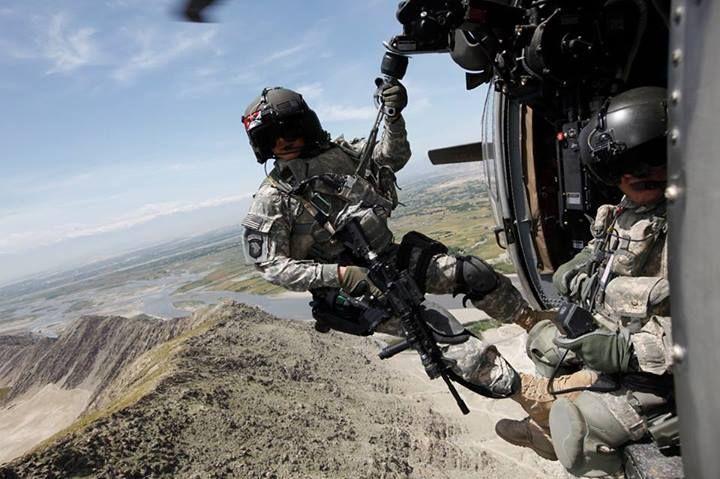
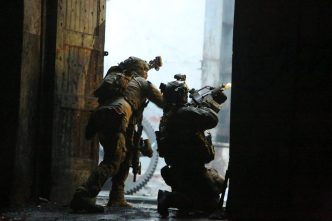
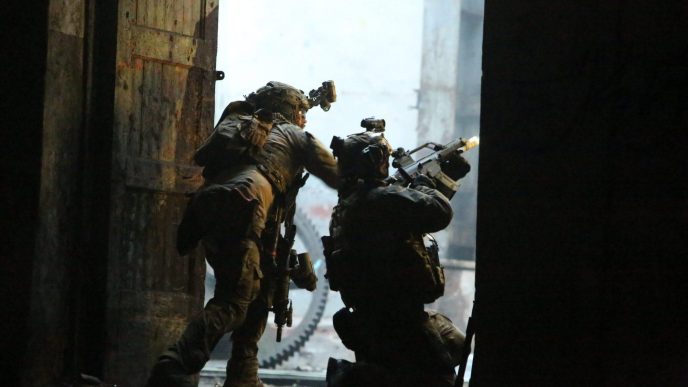
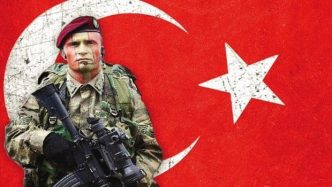
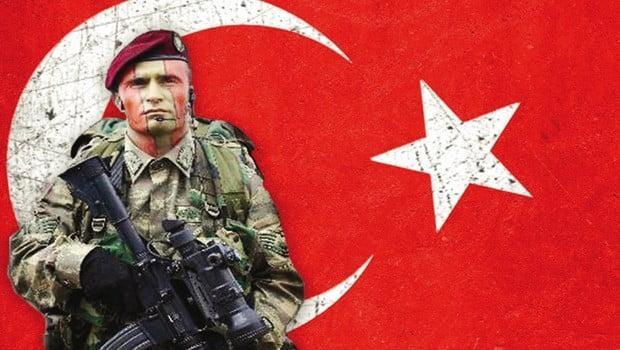
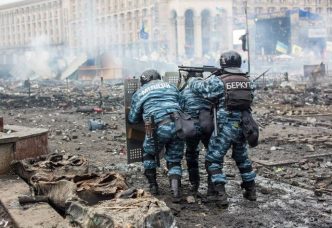
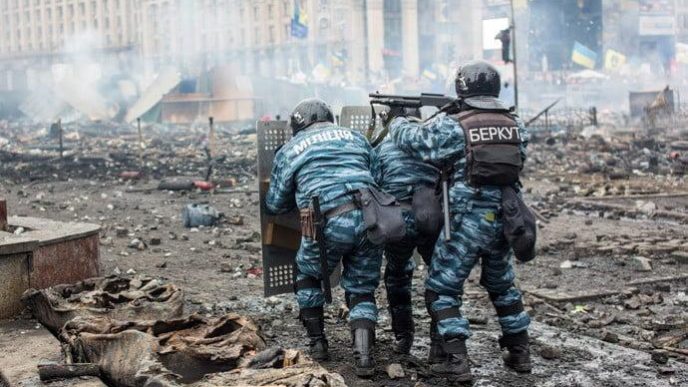
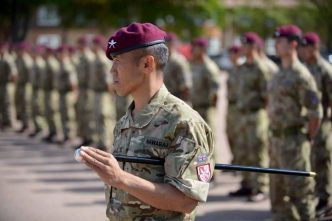
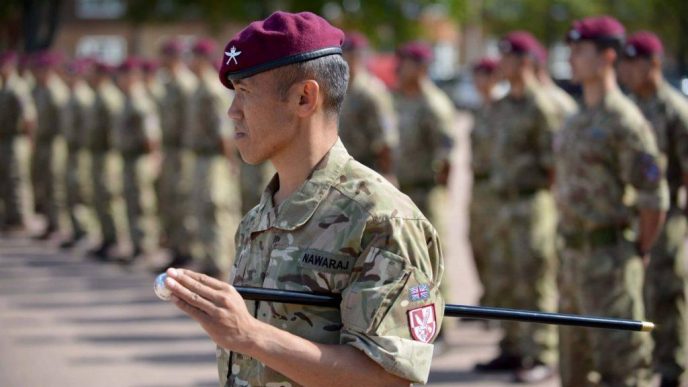
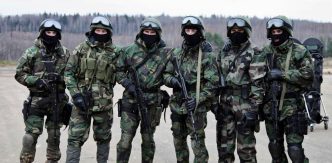
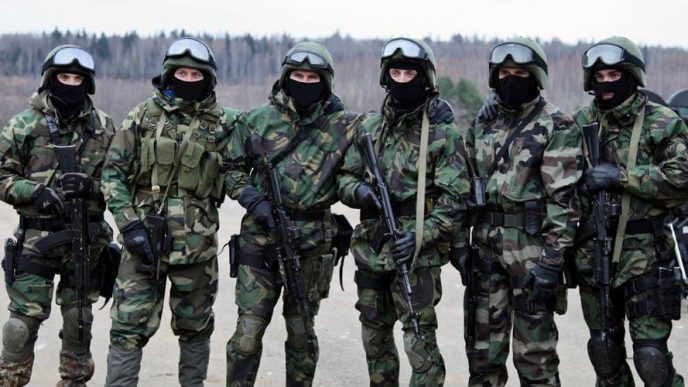
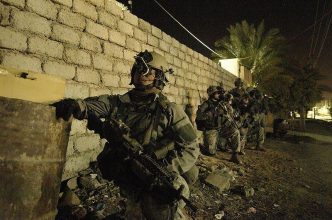
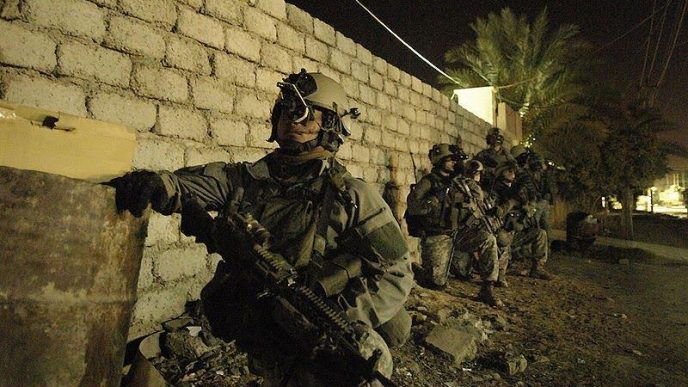
Comments are closed.